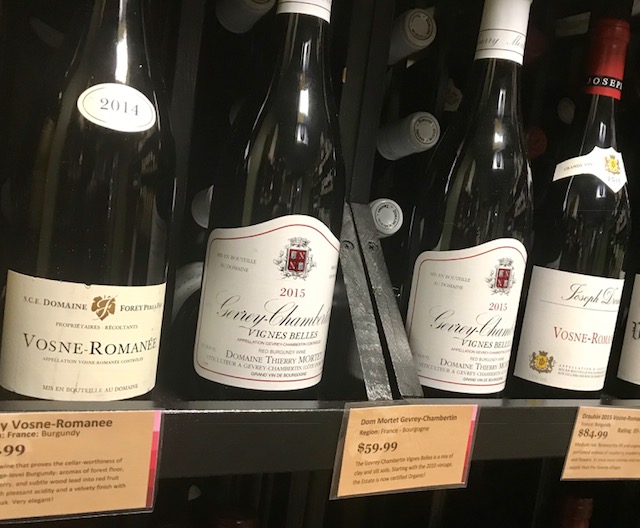Tags
Wine sales people, writers or just an aficionado will talk about bad wine but it’s not a topic anyone wants to wallow in for a lengthy time.
So what is bad wine? A bad wine may be defined as simply as one you don’t like. But perhaps your neighbor likes it. A wine gone bad is a whole different story.

A rule of thumb to start with, never store any wine in a warm spot. Never. No, you can’t leave that wine you just purchased in the car on a warm day even for an hour.
Always store your wine on its side in a cool, dry, and dark spot. That’s an easy first suggestion to avoid bad wine.
But there are other culprits in bad wine, primarily oxygen. I tell retail wine customers, almost daily, oxygen is wine’s best friend and most lethal enemy. Opening up almost any bottle of red wine to decant it or just air it out will almost always improve the drinking experience. If you don’t have a wine decanter and you drink a good amount of red wine, go buy one. Most home stores have wine glasses and decanters. A cheap one works as well as an expensive one.
Conversely, oxygen will quickly kill red wine once opened. An ever-puzzling challenge is what to do with that half a bottle left over at evening’s end. If not sealed up properly, you will probably have an unpleasant experience when re-opening. If the wine smells overly musty or tastes like vinegar or cider, it’s likely gone bad.
Here’s an over-simplified couple of clues to bad wine. If you think it is unpleasant from your previous pour a day or more earlier, it probably has oxidized.
There are all sorts of devices to save wine and I’ve tried most of them. There are expensive options to cheap alternatives. The best I’ve found is the simple rubber stopper with a little hand pump to suck out the excess air.
If you’re really serious about wine you need a Coravin. The device pierces the cork with a needle-like projectile. Proponents say it will keep the wine for weeks if not months. The solution isn’t cheap though, ranging from $200-$300 models. But they do work well. You’ll see the Coravin in better restaurants and even wine shops in use every day.
But oxygen isn’t the only enemy. There are several chemical reactions which can happen in the bottle which will make it undrinkable. Going into those problems would make this column as unreadable. These flaws are much more noticeable than too much oxygen. The smell and taste will be terrible – and that’s not a wine geeky term.
Let’s tackle one other category of bad wine – a wine you strongly dislike. It’s a fun and challenging task to recommend wines to retail customers. It’s hard sometimes to recommend a wine that fits a customer’s desired description or price point.
I don’t like to recommend a wine I don’t like but that’s not fair – what I like you might not. I’ve learned through the years to judge a wine for what it is. Does the $9 bottle pass the same test as a $50 bottle? Is it balanced across your palate, reasonable acidity and just the right alcohol level? If any wine meets those standards it’s probably a decent bottle.
Many customers are looking for the cheapest bottle they can find and there are good well-made wines around $10 in a decent wine shop. You’re rolling the dice at that price point in a liquor store or grocery.
Everything still comes back to your personal tastes and budget. You want to upgrade your wines, don’t be afraid to ask questions and seek help from a wine professional. But you may need to up your budget just a few bucks to avoid those bad wines.
